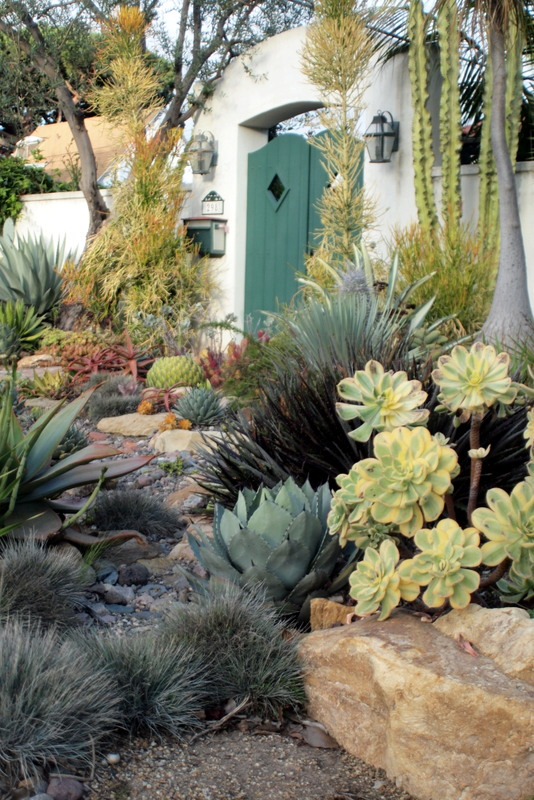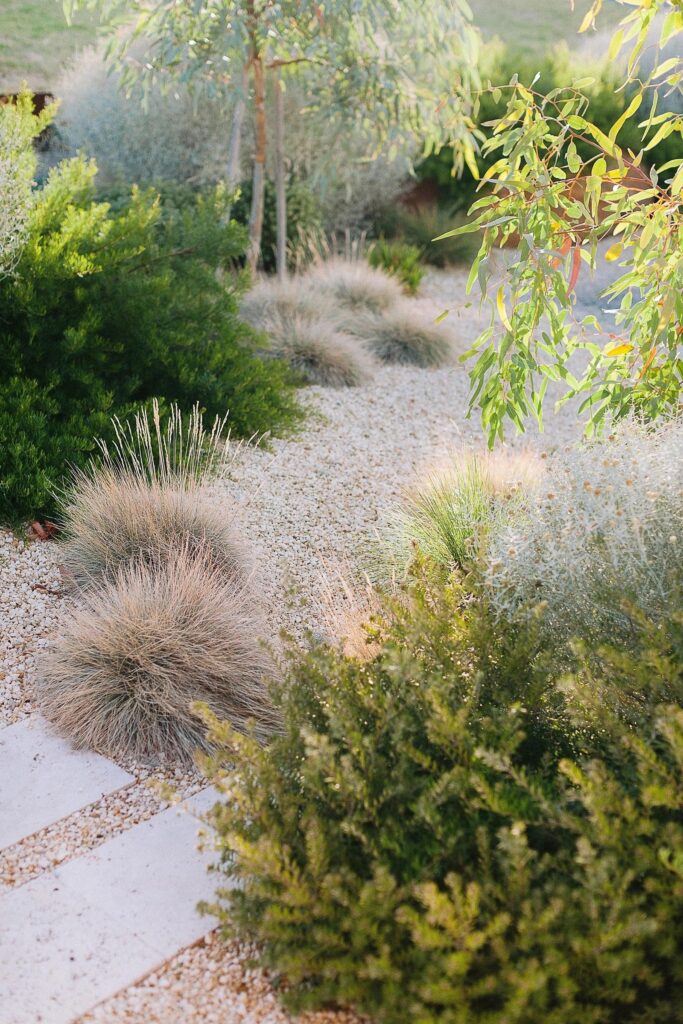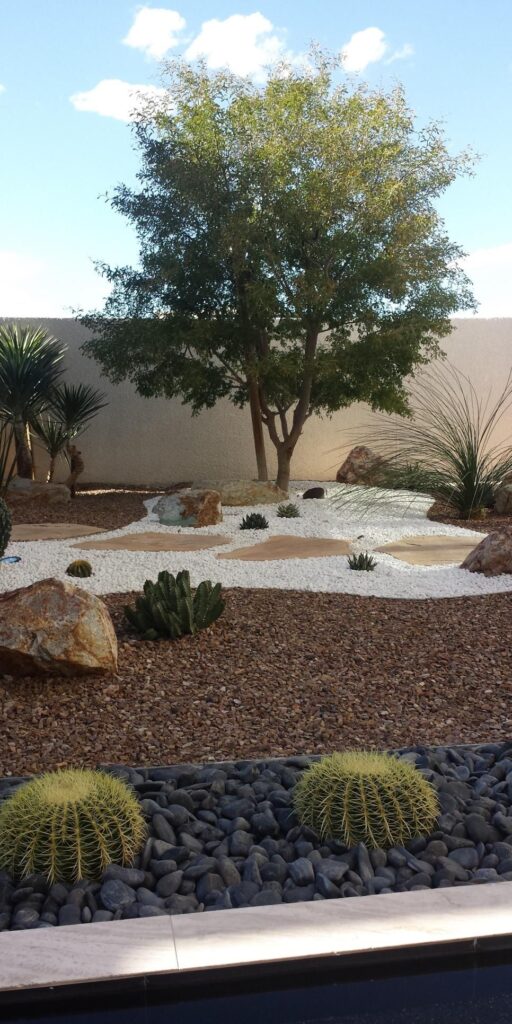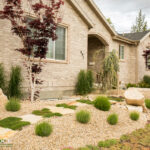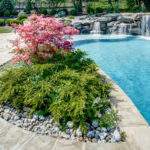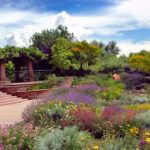Landscaping with xeriscape design is becoming increasingly popular as people look for ways to conserve water and create low-maintenance outdoor spaces. Xeriscape landscaping involves using drought-tolerant plants, mulch, and other techniques to create a garden that requires minimal irrigation. This type of landscaping is particularly well-suited for regions with arid climates or where water restrictions are in place.
One of the key principles of xeriscape landscaping is selecting plants that are well-adapted to the local climate. Drought-tolerant plants, such as succulents, ornamental grasses, and native plants, are excellent choices for xeriscape gardens. These plants require less water than traditional garden plants and are better able to survive during dry periods. By choosing the right plants, homeowners can create a vibrant and diverse landscape that is also water-efficient.
In addition to selecting the right plants, mulch plays a crucial role in xeriscape landscaping. Mulch helps retain moisture in the soil, reducing the need for frequent watering. Organic mulches, such as wood chips or straw, can also help improve soil health by adding nutrients as they break down. By mulching garden beds and around trees and shrubs, homeowners can further reduce water usage and create a more sustainable landscape.
Another important aspect of xeriscape landscaping is efficient irrigation techniques. Drip irrigation systems are a popular choice for xeriscape gardens, as they deliver water directly to the base of plants, minimizing evaporation and water wastage. Additionally, incorporating rainwater harvesting techniques, such as rain barrels or cisterns, can help homeowners make the most of natural water sources and reduce their dependence on municipal water supplies.
Incorporating hardscaping elements, such as gravel pathways, stone walls, and drought-resistant landscaping rocks, can also enhance the aesthetic appeal of a xeriscape garden. These elements not only add visual interest but also serve practical purposes, such as reducing erosion and heat absorption. By carefully selecting and placing hardscaping features, homeowners can create a cohesive and functional outdoor space that requires minimal maintenance.
Overall, landscaping with xeriscape design offers numerous benefits, including water conservation, reduced maintenance requirements, and increased sustainability. By following key principles such as selecting drought-tolerant plants, using mulch, and implementing efficient irrigation systems, homeowners can create a beautiful and eco-friendly landscape that thrives in dry conditions. With the growing focus on environmental stewardship and water conservation, xeriscape landscaping is a practical and aesthetically pleasing option for modern outdoor spaces.
